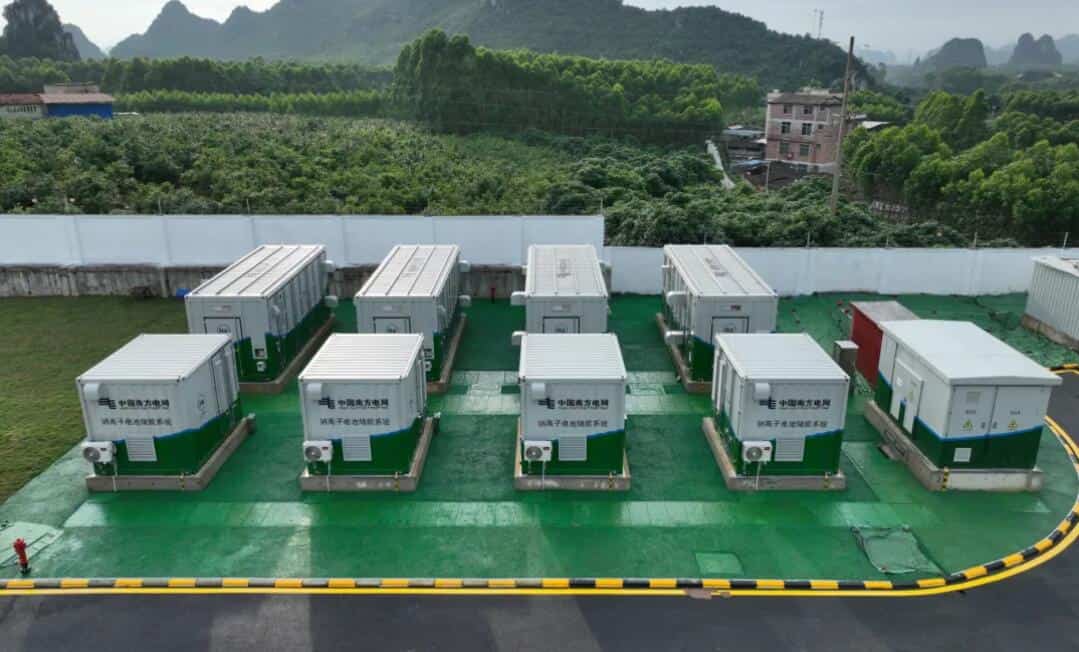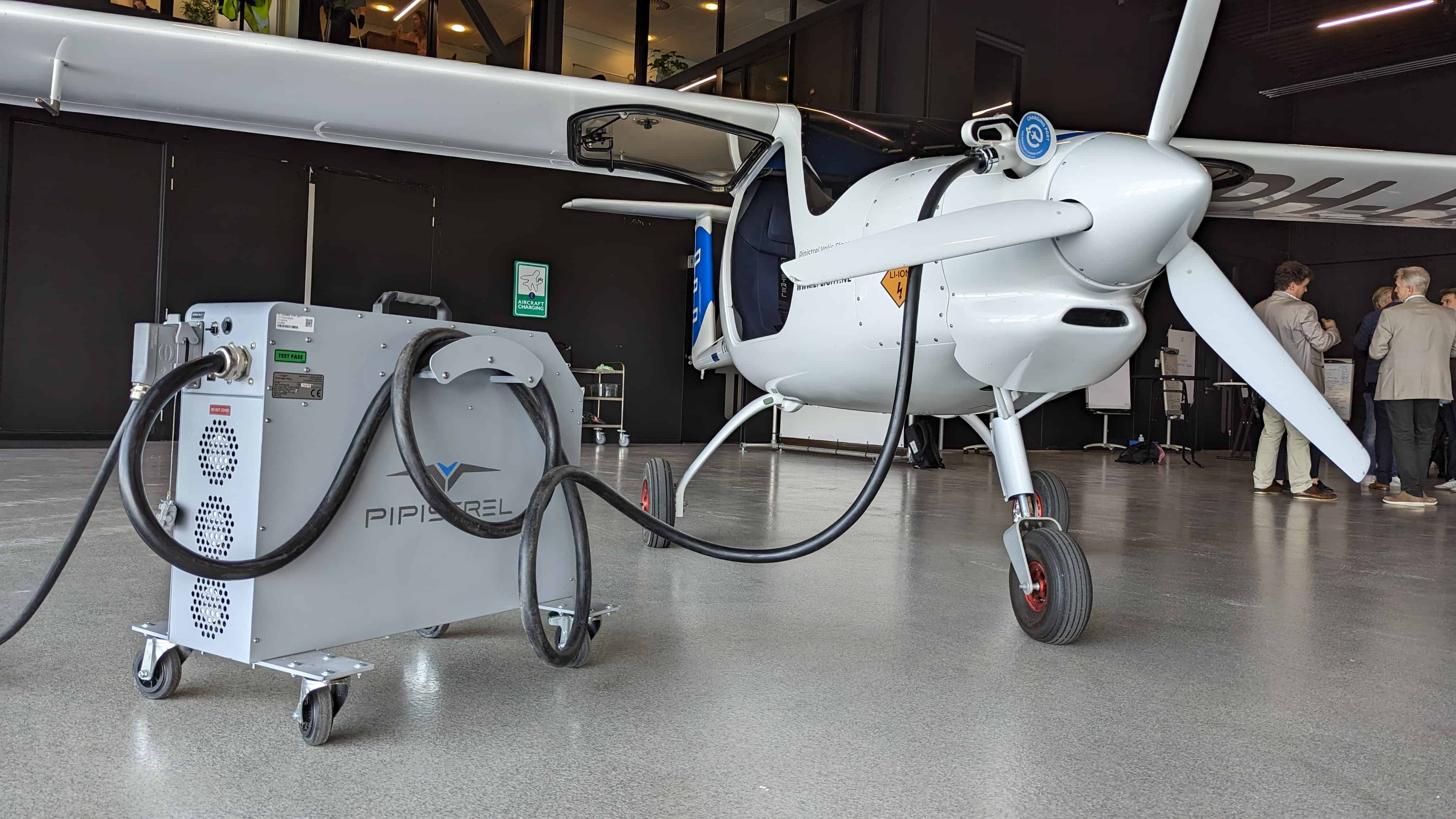
The latest innovation news, important investments or inspiring stories: in this weekly series, we bring to your attention some of the most interesting innovation news from all over the world. Each week we dive into the details of the most promising startups, research and technology trends.
1. The world’s largest sodium-ion battery goes into operation
China’s state-owned company Datang Group announced that it connected a 100 MWh sodium-ion battery to the grid, making it the world’s largest operating one. The battery storage, located in Qianjiang, Hubei Province, marks a new stage in commercializing sodium-ion battery storage systems. This project is the first phase of a larger 200-MWh installation.
HIna Batteries, the supplier of sodium-ion batteries, stated that the batteries meet the needs of 12,000 households daily and can save 13,000 tons of CO2 emissions per year. According to the project manager, Cui Yongle, sodium-ion batteries have better running efficacy under lower temperatures.
2. American Airlines invests in hydrogen-electric engines
Airlane carrier American Airlines (AA) further commits to hydrogen-powered flying. In fact, AA announced earlier this week that it committed to the purchase of 100 more ZeroAvia hydrogen-powered aircraft engine, which will power regional jet aircraft. The airline company also increased its investment in ZeroAvia, participating in its Series C funding round.
ZeroAvia is working on hydrogen-electric, powered by fuel cells, engines for commercial aircraft. At the moment, the company is testing a prototype for a 20-seat plane. Besides, it is designing an engine for a larger airplane such as the Bombardier CRJ700, which American Airlines use on some regional routes.

3. Funding for a new generation of AI benchmarks
Anthropic, the developer of the generative AI model Claude, is launching a program to fund the development of new benchmarks for evaluating AI models’ impact and performance, including its own. The program will fund third-party organizations that can effectively measure AI capabilities. “Our investment in these evaluations is intended to elevate the entire field of AI safety, providing valuable tools that benefit the whole ecosystem,” wrote the company on a blog post on their website.
At the moment, AI systems lack efficient benchmarking systems. According to TechCrunch, current benchmarks don’t capture effectively how the person uses the system, and there are doubts that those for gen-AI measure the parameters they are supposed to. Therefore, Anthropic is seeking for high-level, challenging benchmarks focusing on AI security and societal implications, to continue developing and deploy models responsibly.
4. From a Green Deal to Green Growth Deal
The Europen People’s Party (EPP) got the majority of the seats in the European Parliament and Ursula on der Leyen secured a second term as European Commission President. As the party is working on forming a majority, it is already working on the priorities to work on for the new term. In a draft document of its priorities for the starting term seen by Euractiv the party is thinking of a continued but reduced commitment to climate action and nature protection.
The five-point plan restate the bloc’s commitment to current 2030 and 2050 decarbonization goals, transitioning away from fossil fuels towards clean energy. Yet, the text highlights the economic competitiveness and energy security aspects of the green transition, as it proposes to “keep delivering with the Green Deal and turning it into a Green Growth Deal.”
Furthermore, the draft-document underscores the technology neutrality principle, yet mentioning initiatives for ramping up hydrogen production, an alliance on small modular nuclear reactors, and investments in carbon capture. The EPP also expresses the intention to revise the ban on combustion engines.

5. Renewables generated almost 60% of Spain’s electricity from in the first half of 2024
Talking about green transition, figures from Spanish grid operator Redeia showed that the Iberic country generated nearly 60% of its electricity from renewable sources up from 51% last year. Specifically, wind farms output produced 24.4% of the total, solar plants 16.3%, and hydropower dams were behind 15.9% of the total electricity generation. As Spain plans to produce 80% of its energy from renewable sources by the end of the decade, nuclear is also part of the country mix with 18.6% share in the total generation, meaning that the country generated nearly 80% carbon free electricity in the first six months of the year.

